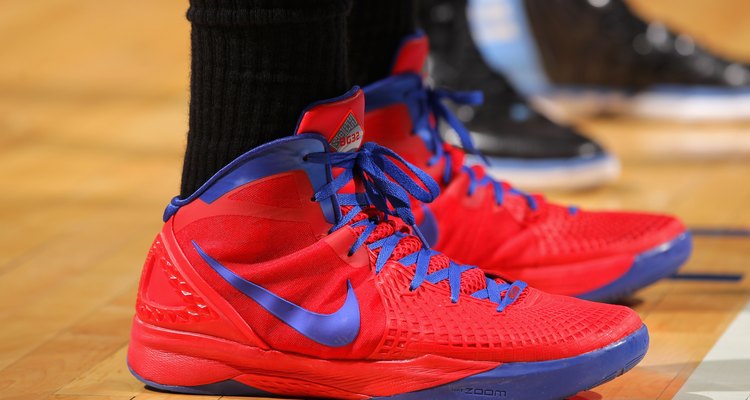
Doug Pensinger/Getty Images Sport/Getty Images
Nike, Inc. is one of the most popular sport shoe and apparel companies in the United States and the world. This success has attracted a host of imitators looking to get a piece of the pie. Nike, like many other popular apparel companies, has struggled to control manufacturers shipping and selling fake versions of their shoes and apparel.
Bend the soles. Authentic Nike shoe soles are made of BRS 1000 rubber; it looks, feels and smells like rubber. It should not feel like hard plastic.
Insist on seeing the shoe box. Many fake Nike shoes will not come with the original shoe box. Some fakes do come with a shoe box, but it is often fairly flimsy. Authentic Nike shoe boxes are made of a heavy and sturdy cardboard.
Look for the SKU number. Every authentic pair of Nikes comes with a SKU number on the box, as well as inside the shoe on the tongue label. Those SKU numbers always match.
Compare color configurations, also called colorways. Websites such as Air-jordan.com offer a thorough listing of every Air Jordan ever released. You can look up styles, color combinations and other minute details of authentic Nike shoes and compare it to one you are looking to purchase.
Look at the stitching. Fake Nikes can have sloppy stitching, and stitching that is uneven or is not straight. Genuine Nikes have near perfect, if not perfect, stitching.
Look for bleeding or faded colors. Sometimes fake Jordans will have bleeding coming from the red Jordan symbol on the tongue's tab into the fabric surrounding it. Fabric colors on the shoe may also look faded on fakes. An authentic Nike shoe will not have faded or bleeding colors.
Related Articles

How to Tell if Vans Are Real

How to Spot Counterfeit Tommy Hilfiger
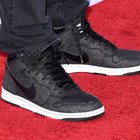
How to Tell Real Shoes Like Airforce ...
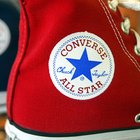
How to Spot Fake Chuck Taylors

How to Tell an Authenic Birkenstock ...

How to Spot Fake Puma Shoes

How to Spot Fake Timberland

How to Tell if Nike SB Dunks Are Real

The Difference Between Nike Dunks & AF1
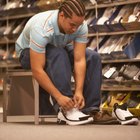
How to Authenticate Jordans

How to Spot Fake NBA Jerseys

How to Tell if Converse All-Stars Are ...
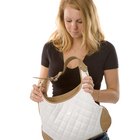
How to Identify an Original Coach

How to Spot Fake Armani Leather Jackets

How Can I Clean the Rubber on My Vans ...

How to Spot Fake Vans

How to Tell if a Baseball Jersey is ...

How to Spot Fake Polo Shoes

How to Find the Model Numbers on Nike ...
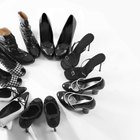
How to Make Faded Shoes Black
References
Writer Bio
Si Kingston has been an online content contributor since 2004, with work appearing on websites such as MadeMan. She is a professional screenwriter and young-adult novelist and was awarded the Marion-Hood Boesworth Award for Young Fiction in 2008. Kingston holds a Bachelor of Arts in English from Mills College.
Photo Credits
Doug Pensinger/Getty Images Sport/Getty Images